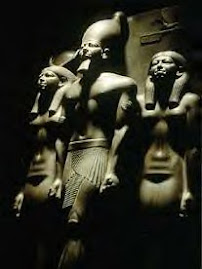

The events which transpired five thousand years ago; Five years ago or five minutes ago, have determined what will happen five minutes from now; five years From now or five thousand years from now. All history is a current event." Dr. John Henrik Clarke 1915-1998
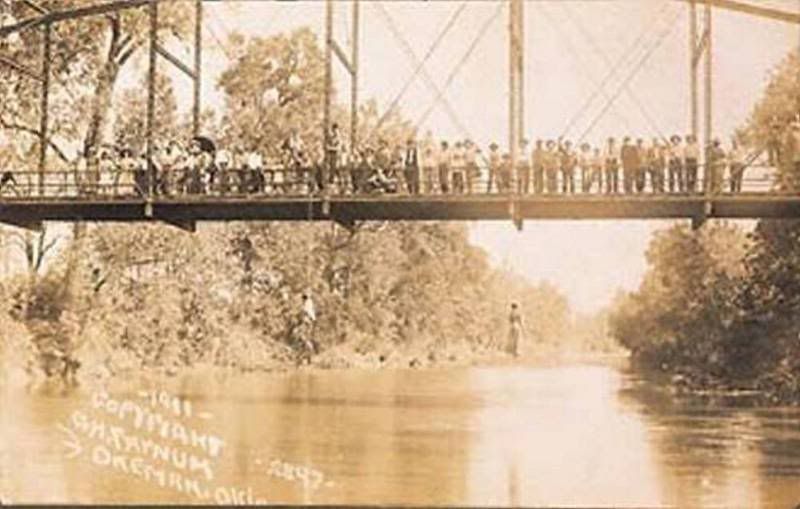
The lynching of Laura Nelson and her son. In May 25, 1911, Okemah, Oklahoma.
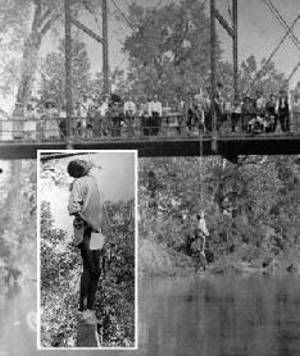
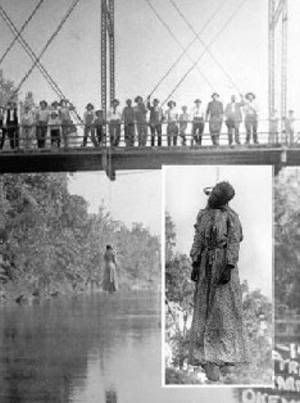
I bet you that they were call The N word before they were murder. The N word is not a term of endearment. Abolish the N word.
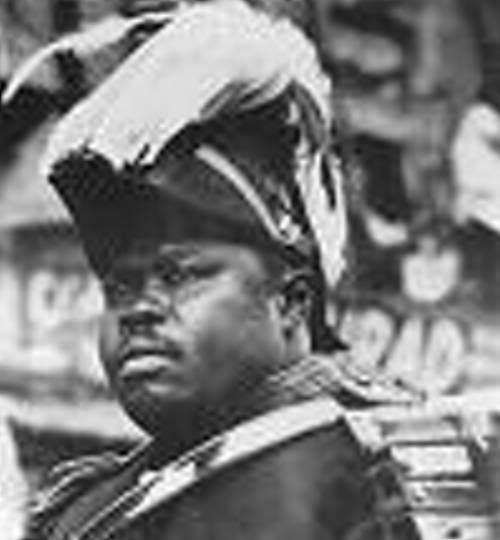
"A people without the knowledge of their past history, origin and culture is like a tree without roots." Marcus Garvey 1887-1940

"You`ve been had. You`ve been took. You`ve been hoodwinked, bamboozled, led astray, run amok." Malcolm X 1925-1965

"When the missionaries came to Africa, they had the Bible and we had the land. They taught us to pray with our eyes closed. When we opened them, we had the Bible in our hand, and they had the land."
Jomo Kenyatta, Kenyan independence leader and first president. 1889-1978

"I want people to remember me as someone whose life has been helpful to humanity." Thomas Sankara 1949-1987
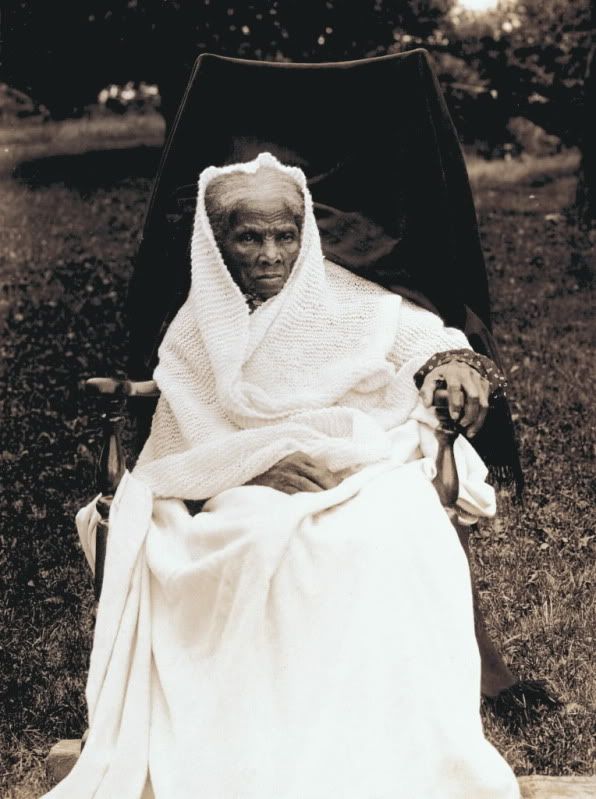
"I freed a thousand slaves I could have freed a thousand more if only they knew they were slaves." Harriet Tubman 1820-1913
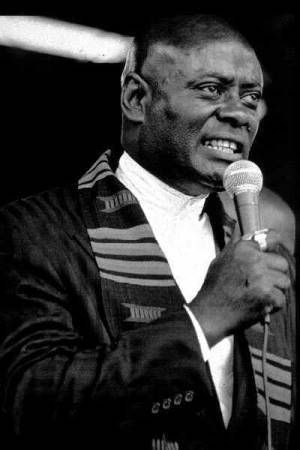
"Building a Black United Front!" Khalid Abdul Muhammad 1948-2001
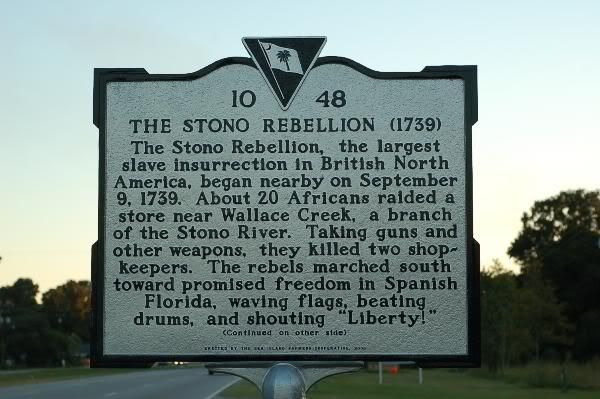
Stono Rebellion
On September 9, 1739, twenty African American Carolinians led by Jemmy, an Angolan slave, met near the Stono River, twenty miles southwest of Charleston. They marched down the roadway with a banner that read "Liberty!"--they chanted the same word in unison. At the Stono Bridge they seized weapons from a store and killed the two storekeepers. They raised a flag and proceeded towards St. Augustine. On the way, they gathered more recruits, their number now close to 100. They burned the houses of slave owners. South Carolina's Lieutenant Governor, William Bull, and four of his friends ran in to the group on horseback. The Lieutenant Governor fled and warned other slave-holders. They rallied a mob of plantation owners and slave-holders to seek out Jemmy and his freedom-seeking followers.
Late that afternoon, planters on horseback caught up with the group now numbering sixty to one hundred slaves. Twenty white Carolinians and forty of the slaves were killed before the rebellion was suppressed. The captured slaves were then decapitated though some also managed to escape.

New York Slave Insurrection of 1741
The New York Slave Insurrection, also known as the Great Negro Plot of 1741 or The Great New York Conspiracy of 1741, is the name given to a supposed plot by slaves and poor Whites in the British colony of New York in 1741 to revolt and level New York City with a series of fires.
In March and April of 1741, a series of fires erupted in Lower Manhattan, the most significant one within the walls of Fort George, the home of the governor at the time. After another fire, this time at a warehouse, a slave was arrested after having been seen fleeing it. Two others were also arrested at this time, one of whom was a 16-year old white indentured servant, Mary Burton. In exchange for her freedom, she testified against the others as participants in a supposedly growing conspiracy of poor Whites and Blacks to burn the city, kill the White Men, take the White women for themselves, and elect a new King and Governor.
The two slaves were burned at the stake, and with "fire licking at their feet", confessed to burning the fort. They also named fifty others as co-conspirators. News of the "conspiracy" set off a stampede of arrests. At the height of the hysteria, nearly half the city's male slaves over sixteen were in jail. The number of arrests totaled 152 Blacks and twenty Whites. They were tried and convicted in a show trial. A supposed Catholic priest, John Ury, was suspected of instigating it.
Most of the convicted were hanged or burnt- how many is uncertain. The bodies of two supposed ringleaders, one Black and one White, were gibbeted. Their corpses were left to rot in public. Seventy-two were deported from New York, sent to Newfoundland and to various islands in the West Indies and the Madeiras.
Chatham Manor
Chatham Manor was the 1771 Georgian style home of William Fitzhugh overlooking the Rappahannock River in the U.S. state of Virginia. In January 1805, a number of Fitzhugh's slaves rebelled. Some of the estate's slaves refused to return to work after the Christmas holidays. The slaves involved overpowered and whipped his overseer and four others who had tried to make them return to work. An armed posse put down the rebellion and punished those involved. One black man was executed, two died while trying to escape, and two others were deported, perhaps to a slave colony in the Caribbean. Many founders of the United States of America, including George Washington and Thomas Jefferson, visited Fitzhugh at this home
Gabriel Prosser 1775-1800
Gabriel had been meticulously planning the revolt since the spring. On August 30, 1800, Gabriel hoped to lead the slaves into Richmond, but torrential rains postponed the rebellion. The slaves' masters had suspicion of the uprising, and before it could be carried out, two bondmen notified their master, Mosby Sheppard. He in turn warned Virginia's Governor (from 1799 to 1802) James Monroe. He called out the state militia. Gabriel tried to escape downriver to Norfolk, but was spotted and betrayed by a fellow slave for the reward, although that slave did not get the full reward. Gabriel then was returned to Richmond for questioning, but he would not submit. Gabriel, his two brothers, and 24 of their followers were hanged.
Charles Deslandes
Charles Deslandes led an unsuccessful slave revolt in parts of the Louisiana Territory on January 8, 1811. The revolt took place in St. Charles Parish, Louisiana and St. James Parish, Louisiana. Deslonde and about 500 insurgent slaves marched down the Mississippi River Road toward New Orleans, killing two whites, burning plantations and crops, and capturing weapons and ammunition. The insurgents were halted at Destrehan, Louisiana just west of New Orleans by a Planter militia supported by United States troops.
Sixty-six slaves were killed in the revolt. Deslonde and twenty other slaves were sentenced to death, shot, and decapitated, and their heads were placed on poles along the River Road as a warning to other potential rebel slaves. The 1811 Louisiana slave revolt was the largest in U.S. History.
George Boxley
George Boxley was a white storekeeper who, while living in Spotsylvania, Virginia, allegedly tried to coordinate a local slave rebellion on March 6, 1815, based on "heaven-sent" orders to free the slaves. His plan was for slaves from Orange, Spotsylvania, and Louisa counties in Virginia to meet at his home with horses, guns, swords and clubs. He planned to attack and take over Fredericksburg, Virginia and Richmond, Virginia. A local slave, Lucy, informed her owner, and the plot was foiled. Slaves involved were imprisoned or executed. Boxley escaped from the Spotsylvania County Jail, and despite a reward, he was never caught. Boxley fled to Ohio and Indiana, where he helped runaway slaves and taught the principles of abolitionism.
Fort Blount Revolt
Fort Blount Revolt was an unsuccessful slave revolt in Fort Blount, Apalachicola Bay, Florida on 1816.
Three hundred slaves and about 20 Native American allies held Fort Blount for several days before being attacked by U.S. troops.
Denmark Vesey
Inspired by the revolutionary spirit and actions of slaves in Saint-Domingue (known today as the 1791 Haitian Revolution), and furious at the closing of the African Church, Vesey began to plan a slave rebellion. His insurrection, which was to take place on Bastille Day, July 14, 1822, became known to thousands of blacks throughout Charleston and along the Carolina coast. The plot called for Vesey and his group of slaves and free blacks to slay their masters and temporarily seize the city of Charleston. Shortly after the rebellion was to take place, Vesey and his followers planned to sail to Haiti to escape retaliation. The plot was leaked by two slaves opposed to Vesey's scheme, and 131 people were charged with conspiracy by Charleston authorities. In total, 67 men were convicted and 35 hanged, including Denmark Vesey.
One of his sons, Sandy Vesey, was transported, probably to Cuba, and his last wife, Susan, later emigrated to Liberia. Another son, Robert Vesey, survived to rebuild the city's AME Church in 1865.
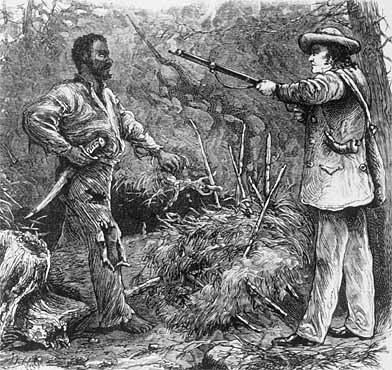
Nat Turner's slave rebellion
Turner started with a few trusted fellow slaves, but the insurgency ultimately numbered more than 70 slaves and free blacks, some of whom were on horseback. On August 13, 1831, there was an atmospheric disturbance which made the sun appear bluish-green. Turner took this as the final signal, and a week later, on August 22, the rebellion began. The rebels traveled from house to house, freeing slaves and killing all the white people they found.
Because the slaves did not want to alert anyone to their presence as they carried out their attacks, they used knives, hatchets, axes, and blunt instruments instead of firearms. Historian Stephen B. Oates states that Turner called on his group to "kill all whites. Historian Herbert Aptheker, quoting the Richmond Enquirer, writes that "Turner declared that 'indiscriminate slaughter was not their intention after they attained a foothold, and was resorted to in the first instance to strike terror and alarm.
The rebellion spared almost no one. A small child who hid in a fireplace was among the few survivors. Until Turner and his brigade of slaves were defeated by a white militia twice its size, reinforced by three companies of artillery, 57 white men, women and children were killed.
I bet you did not know this?
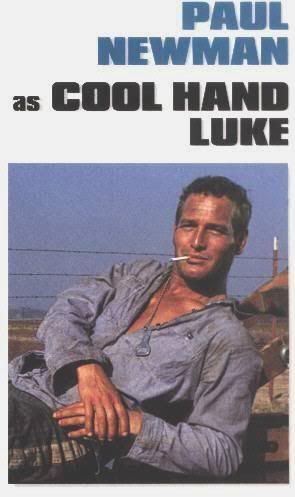
Cool Hand Luke, Hollywood`s Chain Gang.
America`s frist Chain Gang was called the Convict Leasing system:
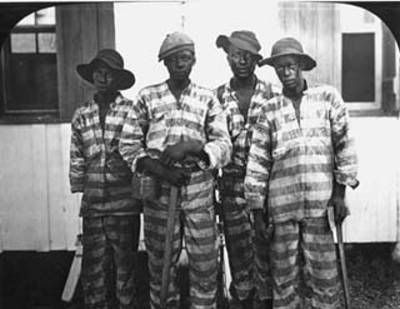
What was the Convict Leasing system?
The convict lease system functioned with the Black Codes to reestablish and maintain the race relationships of slavery by returning the control over the lives of these African Americans to white plantation owners. This is illustrated by the fact that in 1878, Georgia leased out 1,239 convicts, 1,124 of whom were African Americans. Through the convict lease system, bidders paid an average $25,000 a year to the state, in exchange for control over the lives of all of the convicts. The system provided revenue for the state and the profit of unwaged, unprotected workers for plantation owners or private industries. Racial and economic motivations were far more central than public safety and rehabilitation.
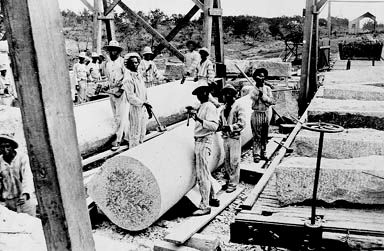
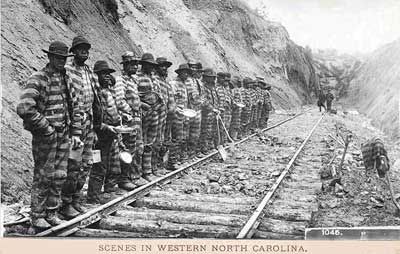
Chain Gangs:
As the southern states began to phase out convict leasing, prisoners were increasingly made to work in the most brutal form of convict forced labor in the United States, the chain gang. The chain gangs originated as a part of the mass organization at the turn of the century to create extensive quality roads. In the 1890s, Good Roads Associations were developed in each of the southern states and they established a statutory labor system, wherein every able-bodied road hand in the state was required to work for four or five days a year on public roads and highways. In North Carolina and Georgia, politicians realized that the use of forced convict labor in road work was more economically efficient than using compulsory free labor, because convicts could be worked harder, for longer hours, and over a more sustained period of time. Georgian politicians and prison officials began releasing male misdemeanor convicts into road work programs. Georgia was the first state to begin to use the chain gang system to work male felony convicts outside of the prison walls. The chains were wrapped around the prisoners` ankles, shackling five prisoners together while they worked, ate, and slept. Chain gangs became very economically and politically popular among most Southern politicians as they witnessed convicts working from sunup to sundown in Georgia.
Rosa Parks and Claudette Colvin:
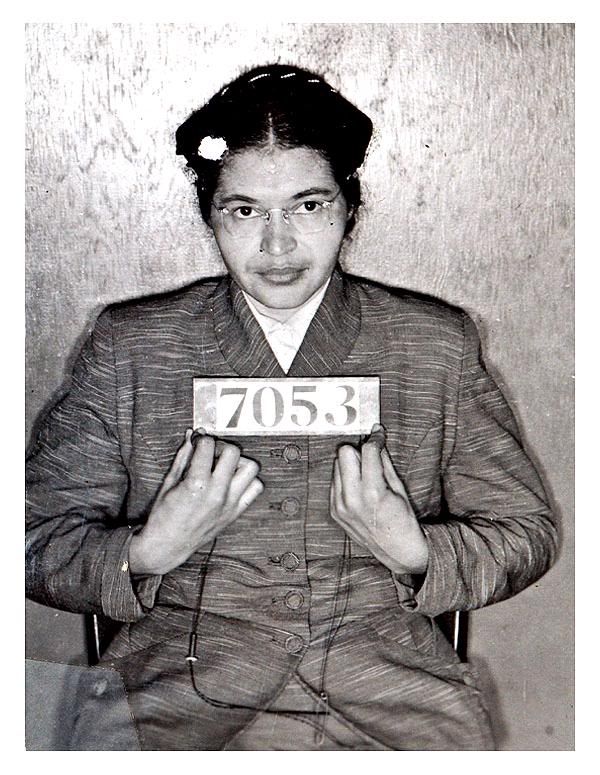
Rosa Parks (The Woman Who Changed
A Nation) When Rosa Parks refused to give up her seat to a white man on December 1, 1955. Nine months before Rosa Parks refused to give up her bus seat to a white passenger, Colvin Claudette had done the same thing, but without any fanfare. She was only 15 at the time, and civil rights leaders had reservations about using her as the symbol of their movement. Instead, Parks, who worked for the NAACP and was inspired by Colvin's example, became the person whom history would remember.
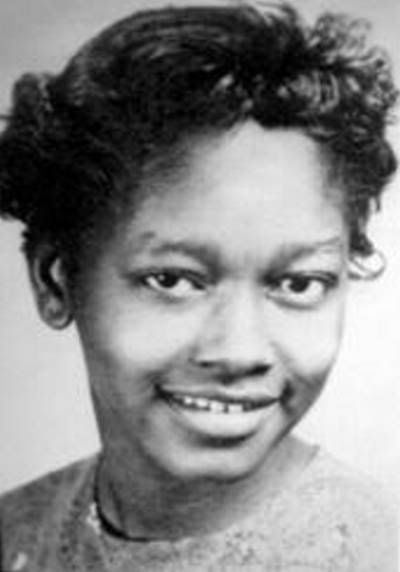
Claudette Colvin, shown in 1955, the year she refused to surrender her seat to white people.
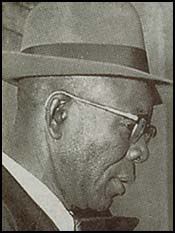
Edgar Daniel Nixon 1899-1987.
E.D. Nixon, then a leader of the Montgomery chapter of the NAACP.
Some blacks believed she was too young, and too dark-skinned to be an effective symbol of injustice for the rest of the nation. Then, as local civil rights leaders continued to debate whether her case was worth contesting, that summer came the news that Colvin was pregnant by a married man.
E.D. Nixon would later explain in an oral history, I had to be sure that I had somebody I could win with. Rosa Parks, for a decade the NAACP secretary who took special interest in Colvin's case, was morally clean, reliable, nobody had nothing on her.
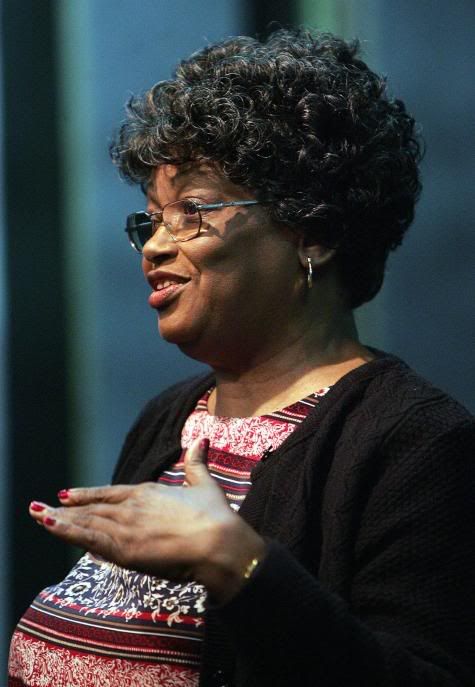
Claudette Colvin as of 2005
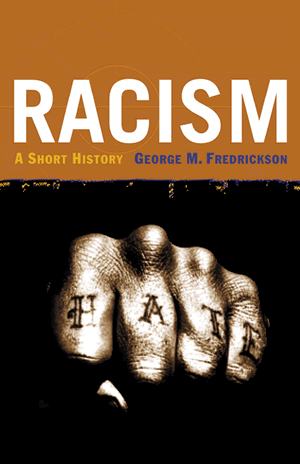
Racism in America:
Guess What?
* Columbus didn't discover America.
* Slavery didn't come from Black people selling each other.
* Nazi Death Camps were not histor's greatest mass murder.
* Lincoln never freed a single slave.
What Am I Trying To Tell You?
To get a grip! As long as "black" people exist, "white" people will continue their racist system.
They won't change, they won't reform, and they will never recognize the humanity of other racial groups. They might smile at you, they might hire you, they might be your friend . . . some of them will even sleep with you. But they will never, ever change. They would be stupid to do so.
What Should You Do?
* Read, study and think for yourself: Don't believe anything, especially about issues involving race, without studying the subject yourself and making up your own mind about it. Teachers lie, politicians lie, "experts" lie, religious leaders lie, historians lie, books lie, just about everyone lies either to protect their special interests or because they mindlessly repeat the lies they have been told since childhood. It's comfortable to parrot the"common wisdom"; it's also the surest way said and thinks stupid things that benefit others and damage yourself. "Common Wisdom" is a contradictory term like "Jumbo Shrimp" and "Military Intelligence"; wisdom is far from common.
* Research racism: Like anything else, you may have to wade through tons of bull manure to find an ounce of wisdom, but the process is worthwhile, it's the only way to get to the truth. Start with the Read it section at the end of this chapter.
* Decide whether the "white" racist system benefits you: If it does, continue to think and act the way you always have. If "white" racism does not work in your best interest:
(1) Liberate your brain from the lies which prop up the racist system . . . read, study, do research, plan and organize!
(2) Work to build the institutions that will benefit you and your people. . Afro centric schools, businesses and eventually, governments. Other people will never educate, feed, house, clothe or defend us; we must do those things for ourselves.
Read About It:
Here's a list of books which can help set the record straight about history and racism . . .
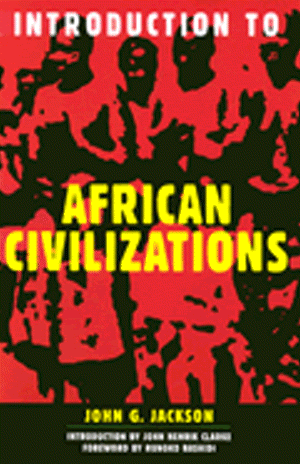
African Origins of Civilization, Myth or Reality by Cheikh Anta Diop
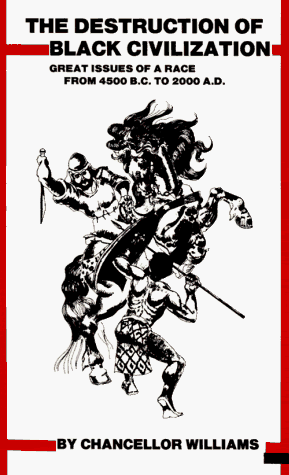
Destruction of Black Civilization by Chancellor Williams

How Europe Underdeveloped Africa by Walter Rodney
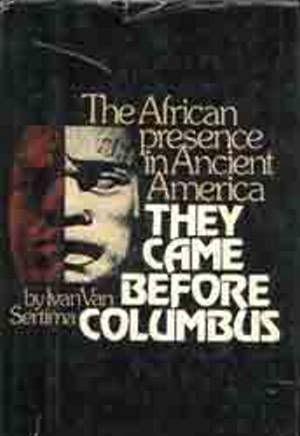
They Came Before Columbus: The African in Ancient America by Ivan Van Sertima
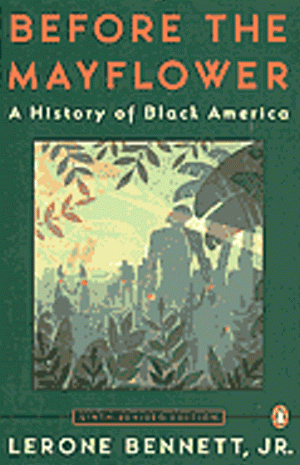
Before the Mayflower by Lerone Bennett, Jr.

The Miseducation of the Negro by Carter G. Woodson

A Chronology of the Bible by Dr. Yosef ben-Jochannan

The Nergo in the Making of America by Benjamin Quarles

The Slave Community by John W. Blassingame





